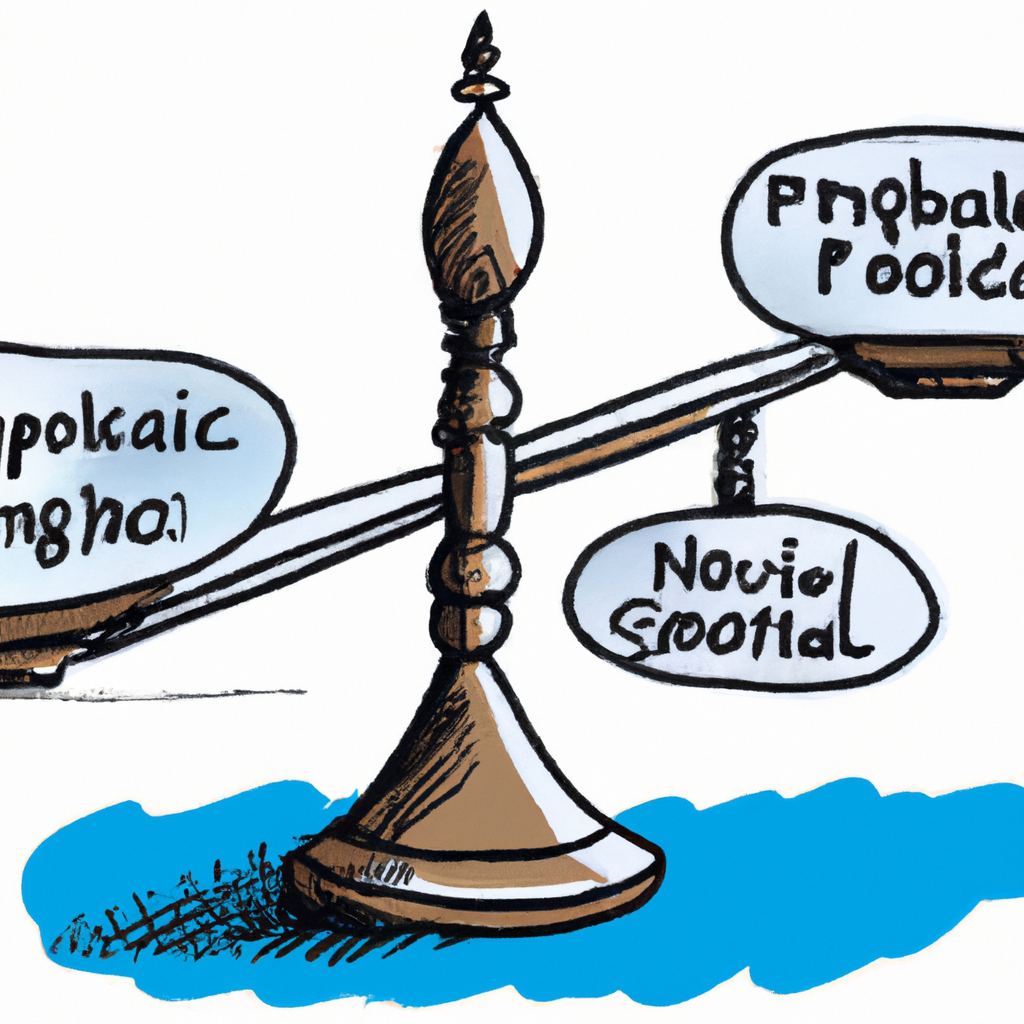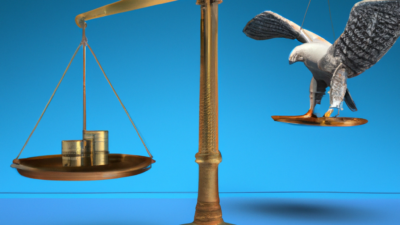**The Role of Fiscal Policy in Economic Stability and Growth**
In the complex orchestra of economic management, fiscal policy stands as a pivotal instrument wielded by governments to influence a nation's economic trajectory. Defined broadly, fiscal policy encompasses the strategic use of government spending and taxation to steer economic activity. Its significance is underscored during periods of economic uncertainty, where the delicate balance of stimulating growth, controlling inflation, and maintaining employment levels becomes critical. This article delves into the multifaceted nature of fiscal policy, exploring its mechanisms, impacts, and the nuanced challenges it presents in both expansionary and contractionary phases. By examining historical precedents and contemporary applications, we aim to elucidate how judicious fiscal policy can serve as a cornerstone for economic stability and sustainable growth.
Certainly! Here's a content outline for an article on the topic "When Fiscal Policy Is":
Fiscal policy refers to the use of government spending and taxation to influence the economy. When fiscal policy is implemented, it can have significant effects on economic growth, employment, inflation, and the overall economic stability of a country.
1. **Expansionary Fiscal Policy**: This type of fiscal policy is used to stimulate the economy during periods of recession or economic downturn. The government increases its spending on public services, infrastructure projects, and social programs, or decreases taxes to increase disposable income for households and businesses. The goal is to boost aggregate demand, leading to higher production, job creation, and economic growth. For example, during the 2008 financial crisis, many governments around the world implemented expansionary fiscal policies to mitigate the impact of the recession.
2. **Contractionary Fiscal Policy**: Conversely, contractionary fiscal policy aims to cool down an overheated economy, typically when inflation is high. This can involve decreasing government spending or increasing taxes to reduce aggregate demand. By doing so, the government can help to stabilize prices and prevent the economy from overheating, which can lead to inflationary spirals. For instance, in the late 1970s and early 1980s, several countries adopted contractionary fiscal policies to combat high inflation rates.
3. **Automatic Stabilizers**: These are mechanisms built into the government’s budget that automatically increase spending or decrease taxes in response to economic fluctuations without the need for additional legislative action. Examples include unemployment benefits and progressive tax systems. During economic downturns, unemployment benefits automatically rise as more people file claims, providing an economic stimulus. Conversely, during periods of economic growth, tax revenues increase as incomes rise, which can help to cool down the economy.
4. **Discretionary Fiscal Policy**: This involves deliberate changes to government spending and taxation policies as decided by policymakers. These changes are typically enacted through new legislation and can be tailored to address specific economic issues or goals. Discretionary fiscal policy is more flexible than automatic stabilizers but can be subject to delays due to the time required for political processes and implementation.
5. **Challenges and Criticisms**: Implementing fiscal policy is not without its challenges. Timing is crucial; if stimulus measures are introduced too late, they may not have the desired effect or could exacerbate economic problems. Additionally, increased government spending can lead to higher public debt, which may pose long-term fiscal sustainability issues. There is also debate over the effectiveness of fiscal policy compared to monetary policy, which involves controlling the money supply and interest rates.
6. **Global Considerations**: In an interconnected global economy, the fiscal policies of one country can have spillover effects on others. For instance, increased government spending in a large economy can boost demand for imports from other countries, providing a positive economic impact internationally. Conversely, contractionary policies can reduce demand for foreign goods, potentially leading to economic slowdowns elsewhere.
In conclusion, fiscal policy is a critical tool for governments to manage economic performance. Whether through expansionary measures to stimulate growth or contractionary actions to control inflation, the strategic use of government spending and taxation can help stabilize and guide the economy. However, the effectiveness of fiscal policy depends on timely implementation and careful consideration of potential long-term consequences.













